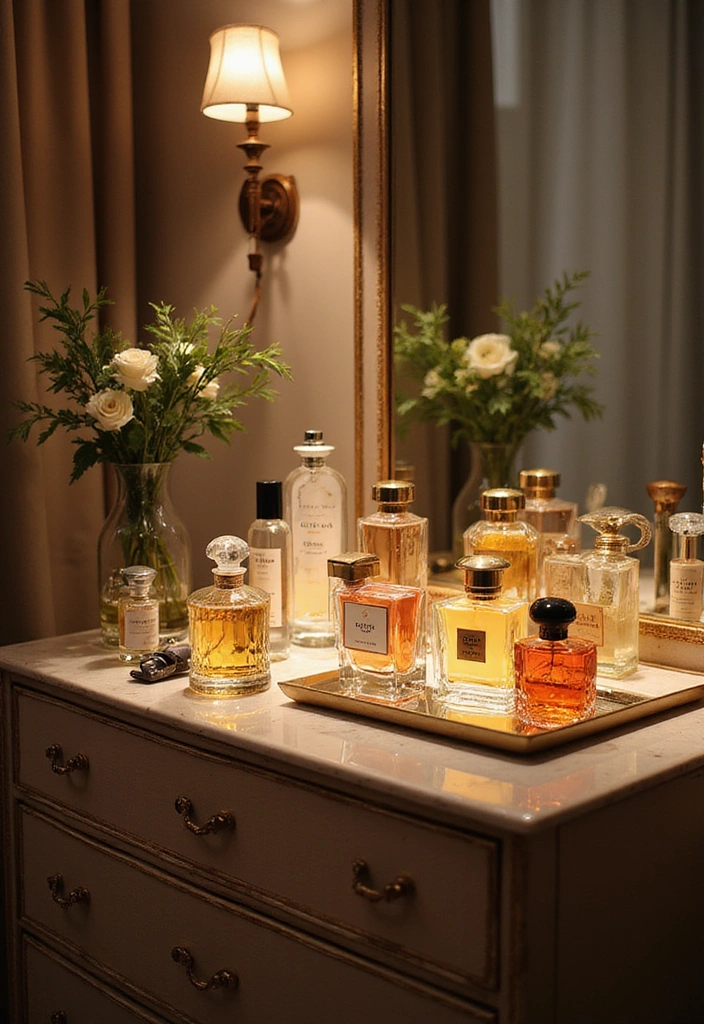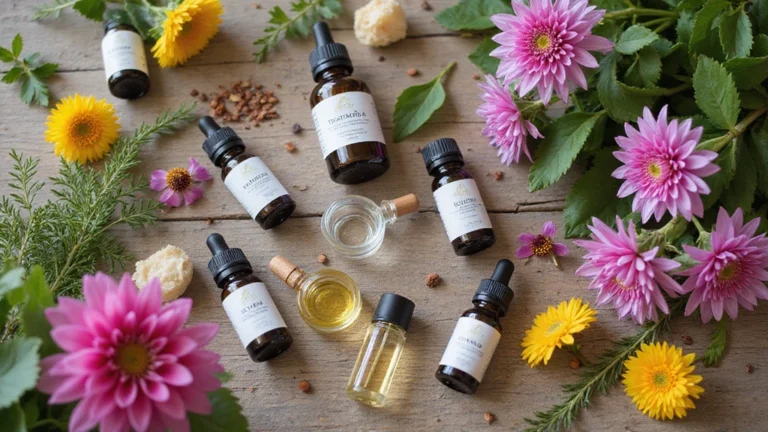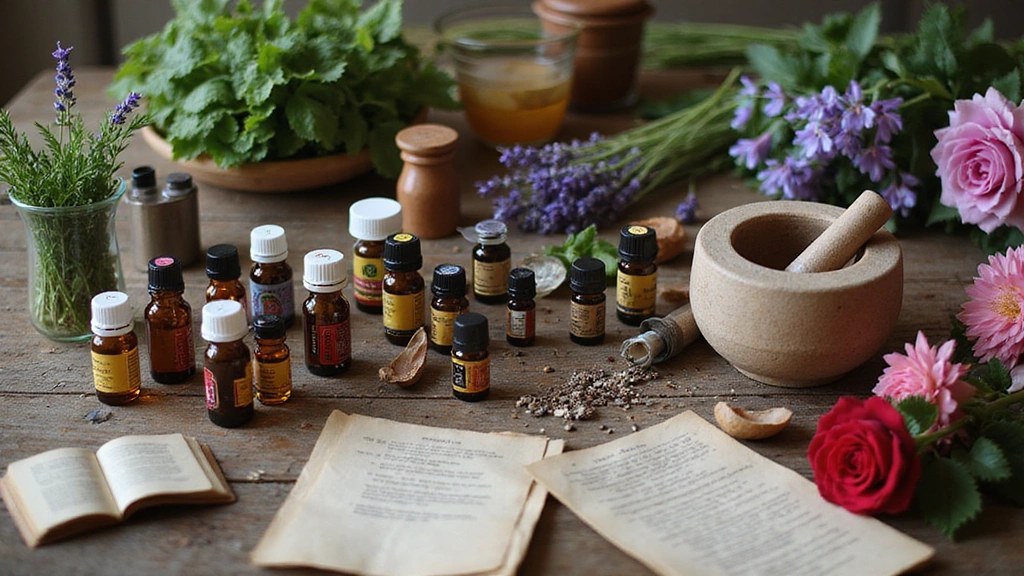
Scent blending is an art that transcends mere fragrance creation, inviting us into a world of olfactory wonders.
In this article, you’ll discover 14 unique techniques that can elevate your fragrance game and transform you into a scent blending pro. From mastering the basics of notes to experimenting with unexpected combinations, these tips will inspire you to unleash your creativity and craft personalized scents that tell your unique story.
Imagine a colorful palette of essential oils, fragrant herbs, and floral extracts waiting to be mixed into harmonious blends. Get ready to immerse yourself in the aromatic journey of scent blending!
1. The Power of Top, Middle, and Base Notes
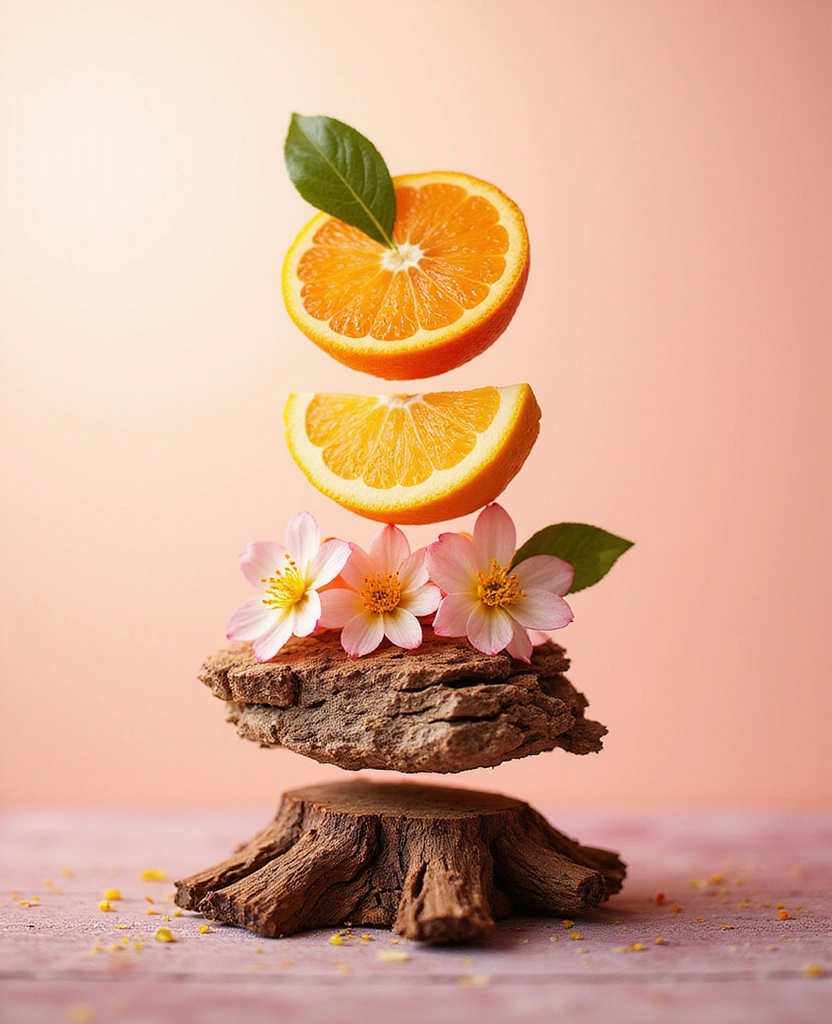
Understanding the structure of fragrance is essential for successful scent blending. The first layer, known as top notes, creates the initial impression of your blend with fresh and light aromas such as citrus or herbs. For those looking to enhance their blending skills, a useful tool is the Scent Note Chart Printable, which can help you visualize different notes and their characteristics.
Next, we have the middle notes, also referred to as heart notes, which form the core of your fragrance. These notes introduce floral or fruity scents that tend to linger longer, adding depth to your blend. To deepen your understanding of blending techniques, consider the Essential Oil Blending Workbook, a valuable resource for both beginners and experienced perfumers.
Finally, base notes provide the foundation of your scent, imbuing it with warmth and richness through aromas like sandalwood or vanilla. By harmonizing these three layers, you create a well-rounded and memorable fragrance that evolves over time. For a visual reference, the Fragrance Wheel Poster can serve as a great guide to help you experiment with ratios—typically, a blend might consist of 30% top notes, 50% middle notes, and 20% base notes, but feel free to adjust these proportions to suit your personal preferences.
By playing with this structure and utilizing these helpful resources, you open up a playground of possibilities to craft your signature scent.
2. Layering Scents for Unique Compositions
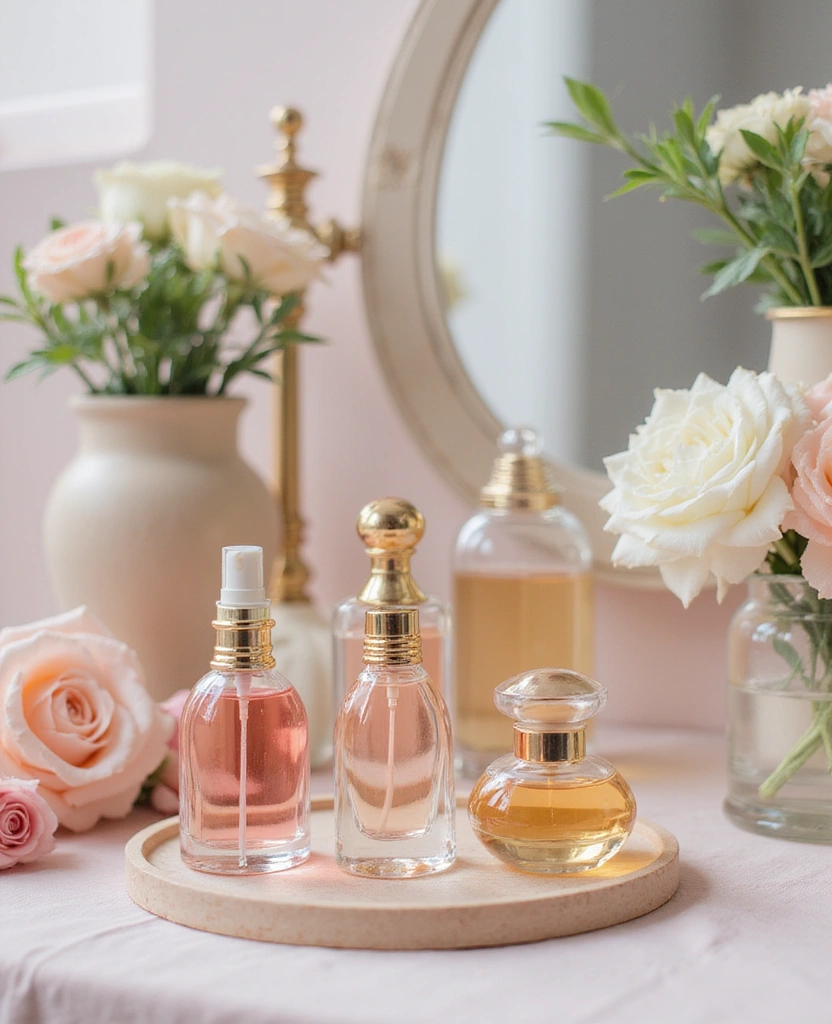
Layering scents is an exciting technique that allows you to craft a unique fragrance experience by applying multiple fragrances in succession. Begin with a light scent as your foundation, then gradually introduce stronger fragrances to add depth and complexity. For instance, you might start with a refreshing citrus scent, blend it with a delicate floral essence, and finish with a subtle hint of musk to create a rich olfactory tapestry.
This approach is particularly enjoyable for those who wish to develop a fragrance that evolves over the course of the day, unveiling new notes as it interacts with your skin. To help you master this technique, consider exploring the Perfume Layering Guide, which provides valuable insights into creating harmonious blends.
Additionally, incorporating products like Scented Body Lotion can enhance the longevity of your layered fragrances, while a Fragrance Sample Set allows you to experiment with various scents without committing to a full bottle. Remember, start with small amounts and adjust as needed until you discover the perfect balance that reflects your personal style. Layering not only revitalizes the fragrances you already own but also showcases your creativity in the art of scent.
3. The Art of Dilution
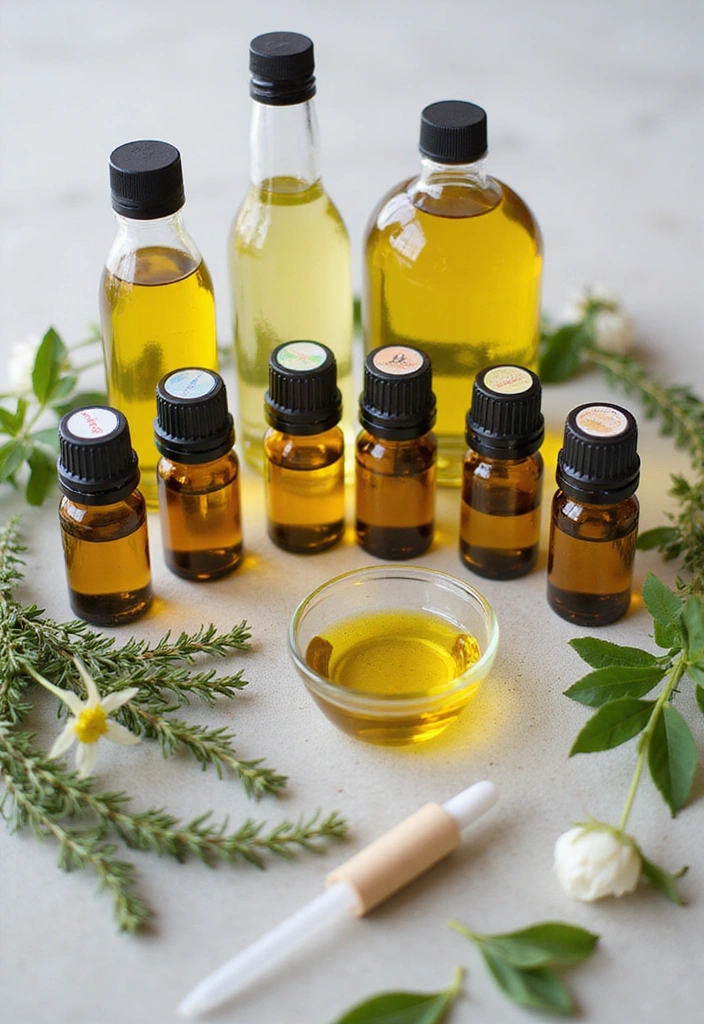
Dilution is a crucial technique in the art of scent blending that empowers you to manage the intensity of your fragrance. Essential oils are incredibly concentrated, so mixing them with carrier oils or alcohol can result in a more enjoyable and wearable scent.
For example, by combining a few drops of essential oil with a carrier oil like jojoba or fractionated coconut oil, you can create a soothing body oil that not only lasts longer on your skin but also feels luxurious. To simplify this process, consider using a Carrier Oil Variety Pack to explore different oils that suit your skin type and fragrance preferences.
Additionally, having an Essential Oil Dilution Guide can be incredibly helpful as you experiment with various dilution ratios to discover the perfect balance for your desired scent strength. Don’t forget to store your custom blends in Glass Dropper Bottles for easy application and preservation. This way, you can enjoy your signature scents daily without overwhelming your senses or those around you.
4. Finding Inspiration in Nature

Nature serves as an infinite wellspring of inspiration when it comes to crafting distinctive scent blends. By taking a leisurely stroll through a botanical garden or meandering through a verdant forest, you can immerse yourself in the aromatic tapestry that surrounds you. Notice how various plants, flowers, and trees intertwine their fragrances to create a harmonious olfactory experience.
To further enrich your creations, consider incorporating natural elements like dried flowers, herbs, or spices. For beginners, a Botanical Fragrance Kit can provide essential oils and materials to experiment with, allowing you to capture the essence of a sun-drenched meadow with notes of wildflowers and fresh grass, or evoke the soothing scent of a forest after a refreshing rain.
Additionally, keeping a Nature-Inspired Scent Journal can help you document your inspirations and blend ideas, fostering creativity in your fragrance development. You might also explore planting your own aromatic herbs with a Herb Garden Starter Set to create fresh scents right at home. This approach not only enhances your blending capabilities but also deepens your connection to the natural world, making your fragrances truly unique.
5. Utilizing Fragrance Families

Fragrance families serve as a valuable framework for categorizing scents based on their shared characteristics, which can significantly enhance your blending experience. By grouping scents into major families such as floral, woody, oriental, and fresh, you can more easily discover complementary notes that work harmoniously together.
To kickstart your blending journey, consider using a specific family as your foundation. For instance, if floral scents captivate you, you might choose a lavender or rose essential oil as your base, and then introduce woody elements like cedar or sandalwood to achieve a balanced aroma.
Having a Fragrance Family Chart on hand can provide quick reference and inspiration as you explore various combinations. Additionally, a Scent Blending Workbook can guide you through the process, making it easier to document your findings and refine your techniques.
As you delve deeper into the world of scents, an Essential Oil Reference Guide can help you identify your personal preferences within these families, ensuring that your scent blending journey is both enjoyable and fulfilling. Let the fragrance families inspire your next creation!
6. Experimenting with Aromatherapy
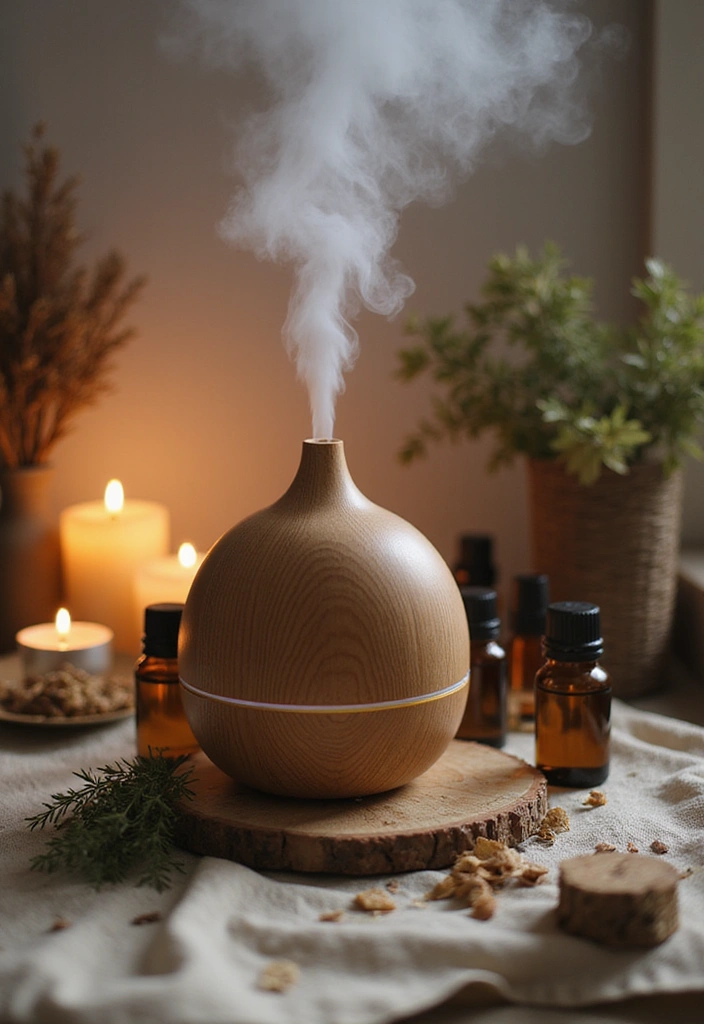
Aromatherapy goes beyond just creating pleasant fragrances; it encompasses the therapeutic benefits that various scents can provide. When crafting your blends, think about the emotional and physical effects of different essential oils. For example, lavender is renowned for its calming properties, while citrus oils are known to uplift and energize.
By combining oils that enhance each other’s therapeutic qualities, you can develop scents that not only elevate your mood but also help to alleviate stress. A soothing blend of lavender and chamomile can create a sense of serenity, while a refreshing combination of peppermint and eucalyptus can invigorate your senses.
To enhance your aromatherapy experience, consider using an Aromatherapy Diffuser to disperse your blends throughout your space. Additionally, a comprehensive Essential Oil Blending Guide can provide you with valuable insights and techniques to perfect your creations. To get started, a Therapeutic Essential Oils Set is essential for exploring a variety of scents and their benefits. This technique encourages mindful blending, focusing not only on the fragrance but also on the overall experience and wellness benefits of your creations.
7. The Importance of Aging Your Blends

Just like fine wines, fragrances have the potential to improve with age. By allowing your scent blends to mature, you can enhance their complexity and depth. After crafting your blend, it’s important to store it in a cool, dark place for at least a few weeks. This aging process enables the various notes to meld together, resulting in a more harmonious scent profile.
To facilitate this, consider investing in a Fragrance Aging Kit, which can help you create optimal conditions for your blends. Additionally, using glass storage bottles ensures that your fragrances are preserved without interference from external factors.
As you allow your creations to age, you might discover that what you initially produced evolves into something even more delightful. Keeping a meticulous record of your blends in a scent journal will help you track these changes over time, deepening your understanding of the aging process. This technique not only cultivates patience but also enhances your appreciation for the journey of scent development, leading to richer and more sophisticated fragrances.
8. Exploring Unconventional Ingredients
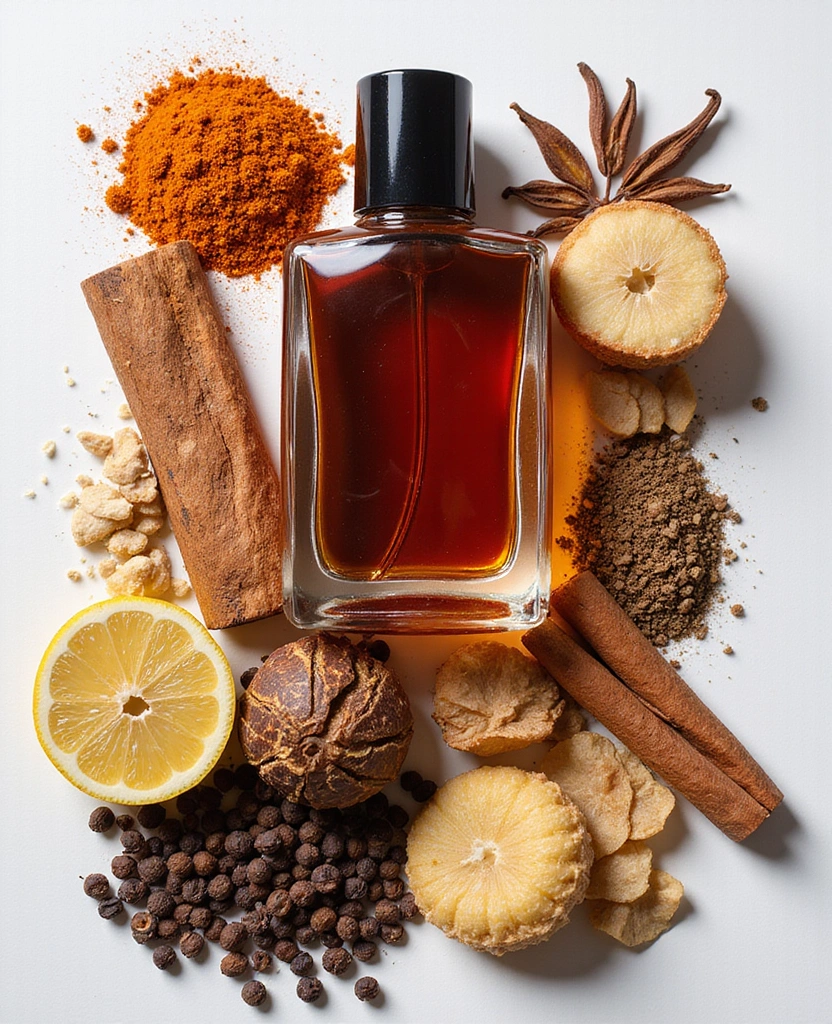
Step outside the boundaries of conventional fragrance creation by incorporating unconventional ingredients into your scent blends. Rather than sticking to traditional floral or fruity notes, consider experimenting with spices, woods, or even gourmand ingredients like chocolate and vanilla. Each unique component can add a special twist and depth to your fragrance.
For example, blending earthy patchouli with sweet vanilla creates a warm and inviting scent that truly stands out. You might also try infusing a hint of black pepper into a floral combination for an unexpected and delightful kick. To help you explore these creative avenues, consider using an Exotic Spice Set for Blending, which provides a variety of spices to inspire your creations.
Additionally, a Unique Essential Oils Collection can give you access to distinctive scents that further elevate your blends. Or, if you’re feeling adventurous, try out a Gourmet Fragrance Kit to incorporate delectable notes into your compositions.
The key is to embrace experimentation and welcome the unexpected; sometimes, the most delightful fragrances emerge from surprising combinations. This technique not only enhances your creativity but also challenges traditional fragrance norms, allowing for truly unique creations.
9. Incorporating Seasonal Scents
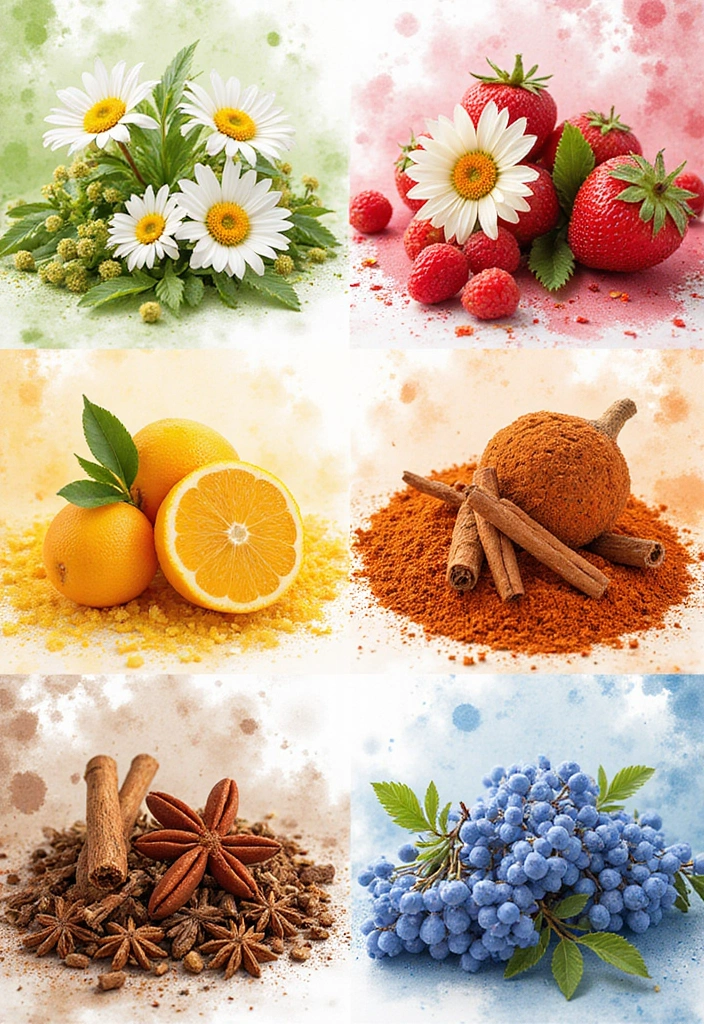
Seasons have a significant impact on our fragrance preferences, making it an exciting opportunity to create scent blends that reflect the essence of each time of year. During spring, for instance, you might consider using fresh florals and zesty citrus notes. As summer rolls in, tropical fruits and light herbs can elevate your blends to embody the warmth and vibrancy of the season. Autumn invites you to explore warm spices and earthy tones, while winter is all about cozy, rich fragrances like pine and cinnamon.
By aligning your scent creations with the changing seasons, you not only enhance your sensory experience but also celebrate the beauty of nature around you. To help you master this technique, check out the Seasonal Scent Blending Guide, which offers insights into crafting the perfect seasonal blends.
For those looking to experiment with a variety of scents, the Fragrance Sample Set by Season provides an excellent selection to inspire your creativity. Additionally, consider the Essential Oil Seasonal Collection to incorporate high-quality essential oils that capture the essence of each season.
Don’t forget to create a seasonal blends journal, where you can document the scents that evoke specific times of the year, providing a wellspring of inspiration for your future fragrance endeavors.
10. Using Scent Memory

Scent memory serves as a potent resource when crafting meaningful fragrance blends. Our sense of smell is intricately tied to our emotions and memories, enabling certain aromas to trigger vivid feelings or recall specific moments in our lives. As you explore blending, consider incorporating scents that transport you back to cherished places or significant people in your life.
For instance, if a particular floral note reminds you of your grandmother’s garden, it might be a beautiful addition to your creation, imbuing your fragrance with personal significance. This unique touch can add depth and emotional resonance to your blends, making them truly one-of-a-kind.
To enhance your scent blending journey, keep a Scent Memory Journal, where you can document the fragrances that evoke specific memories and the emotions they inspire. This diary can serve as a wellspring of inspiration for future blends that narrate your personal story. Additionally, consider using an Essential Oil Blending Kit to experiment with various aromas and discover new combinations that resonate with your memories. Lastly, a Personalized Fragrance Creation Guide can provide valuable insights and techniques to elevate your blending skills, making the process both enjoyable and rewarding.
11. Mastering the Art of Experimentation
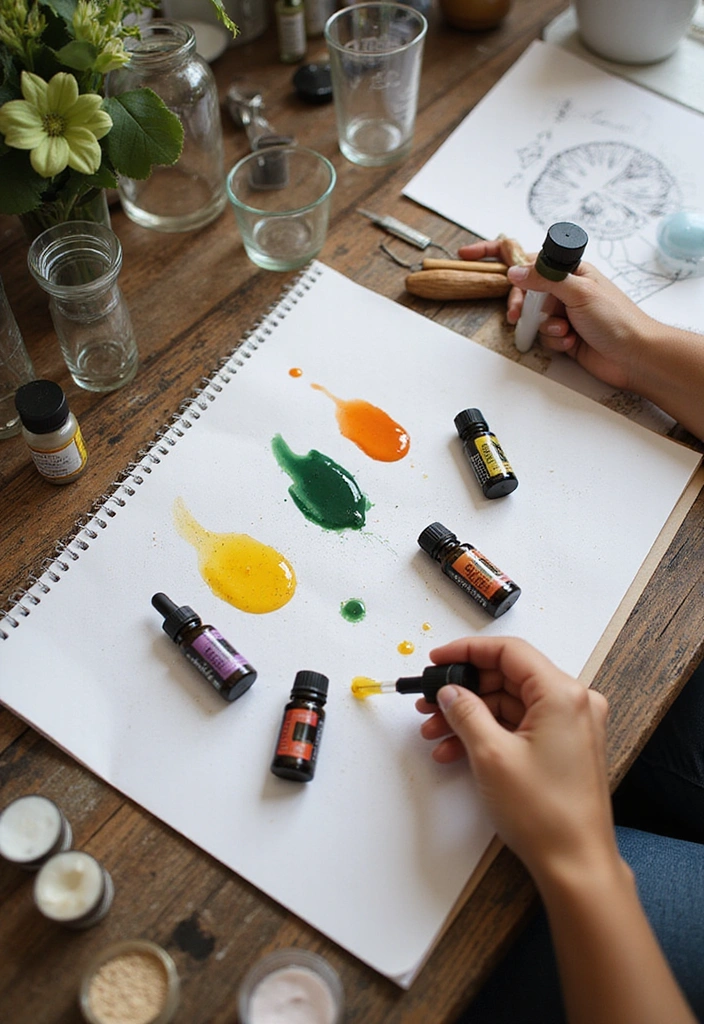
Experimentation lies at the core of scent blending, and it’s essential to embrace it wholeheartedly. Don’t hesitate to explore new combinations and techniques; some of the most delightful fragrances emerge from surprising pairings. Begin your journey with small batches, and consider keeping a Fragrance Experimentation Journal to document each blend. Make notes on what you enjoy and what you might want to adjust in future creations.
Adopting this hands-on approach not only enhances your understanding but also allows you to refine your skills over time. Utilize a variety of Essential Oil Blending Tools Set to help you measure and mix your ingredients with precision. Additionally, incorporating Aromatherapy Pipettes can aid in accurately adjusting your blends.
Remember, fragrance blending is more than just a task; it’s a journey filled with creativity and exploration. Embrace the process, and relish the excitement of discovering new scents along the way!
12. Collaborating with Other Blenders
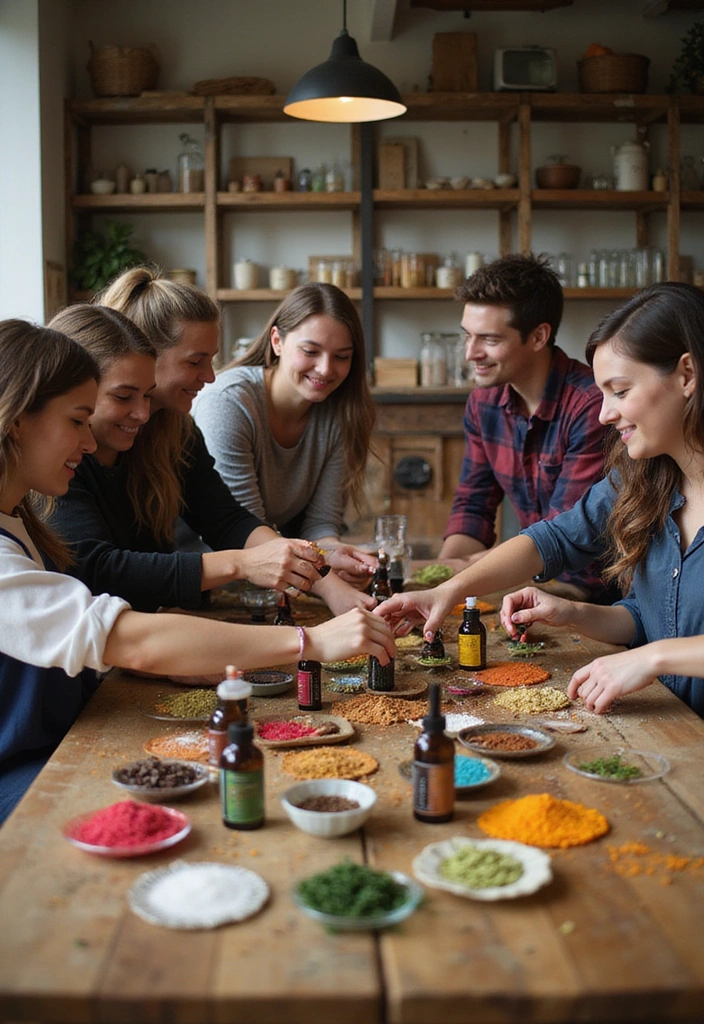
Collaborating with fellow fragrance enthusiasts can truly transform your scent blending journey. By hosting blending parties or workshops, you create an engaging atmosphere where everyone can bring their favorite ingredients and craft unique fragrances together. Consider utilizing a Scent Blending Workshop Kit to facilitate these gatherings, providing essential tools that will help ignite everyone’s creativity.
Sharing ideas and techniques within a communal setting not only enhances your blending skills but also introduces you to new perspectives on fragrance families. You can also encourage participants to bring along an Essential Oil Sharing Set, allowing for a diverse range of scents to experiment with.
Documenting your collaborative experiences can be incredibly rewarding, so be sure to keep track of your creations in a Collaborative Fragrance Journal. Embrace the power of community, and watch how it elevates your scent blending skills to new heights!
13. Documenting Your Blends
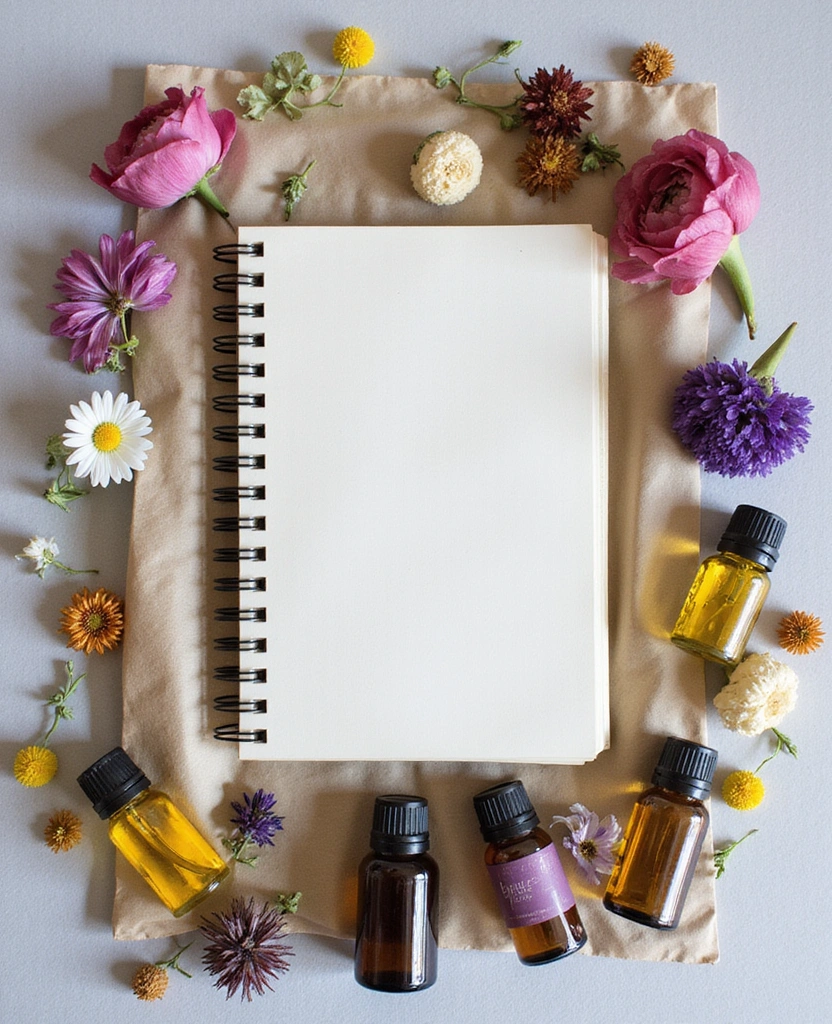
Keeping a thorough record of your scent blends is crucial for honing your skills and recreating your favorite fragrances. Consider setting up a dedicated scent journal for blending, such as the Fragrance Journal for Blending, where you can meticulously note the ingredients, ratios, and your impressions for each creation.
To make this process even easier, utilize Scent Tracking Templates that allow you to categorize your blends and keep track of important details like the mood they evoke or the memories they conjure. Additionally, labeling your essential oils with Essential Oil Labels can streamline your blending process and make it more organized.
Over time, this documentation will become an invaluable resource, enabling you to revisit and replicate successful blends or make adjustments as desired. As you build a personal library of your creations, you’ll not only enhance your skills but also deepen your appreciation for the intricate art of fragrance creation.
14. Trusting Your Nose
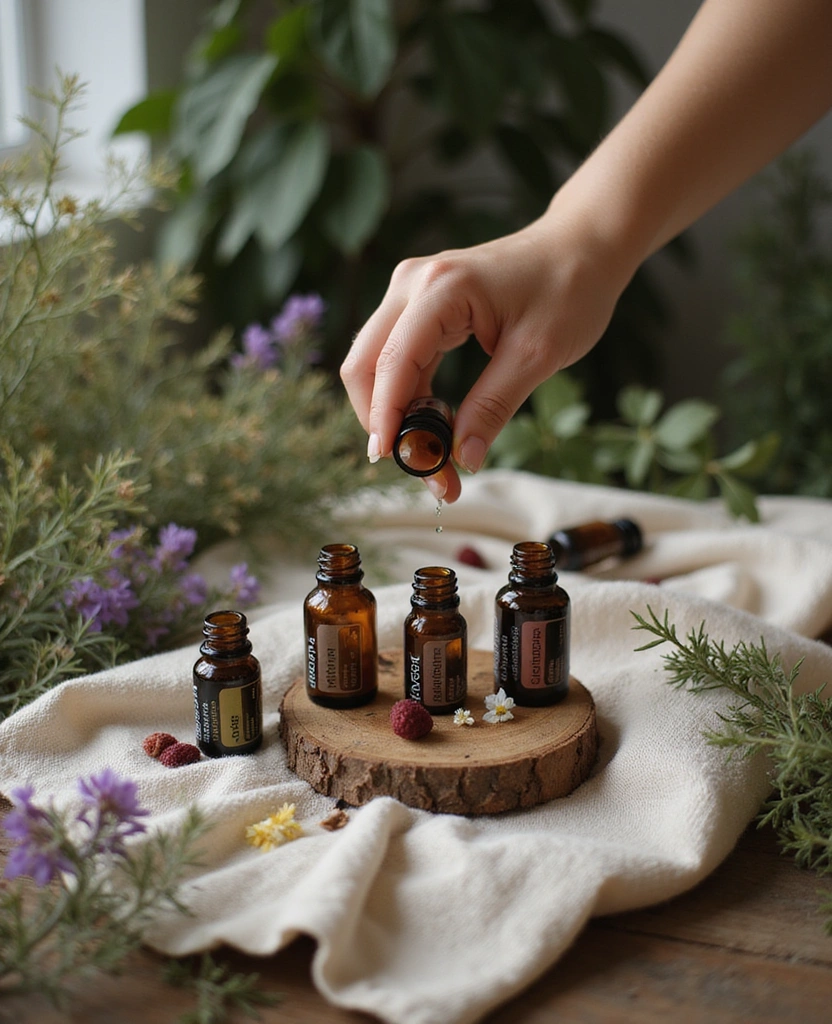
Ultimately, the most essential tool in the art of scent blending is your own sense of smell. Trusting your nose will lead you through the blending process, allowing you to discern which combinations work harmoniously and which do not. To enhance your olfactory skills, consider investing in a Scent Training Kit, which can help you refine your ability to identify individual notes before you start blending.
Take your time to smell each ingredient individually, and observe how they interact with one another. Remember, everyone’s olfactory perception is unique; what may be delightful to you could differ for someone else. This is where a curated Essential Oil Sample Set can come in handy, providing you with a variety of scents to experiment with.
Allow your instincts to guide you in creating fragrances that resonate on a personal level. This technique not only fosters confidence in your blending abilities but also emphasizes that fragrance creation is a deeply personal journey. For those looking to deepen their understanding of the craft, a Personal Fragrance Creation Guide can be an invaluable resource, helping you to navigate your scent-making adventure with ease.
Conclusion
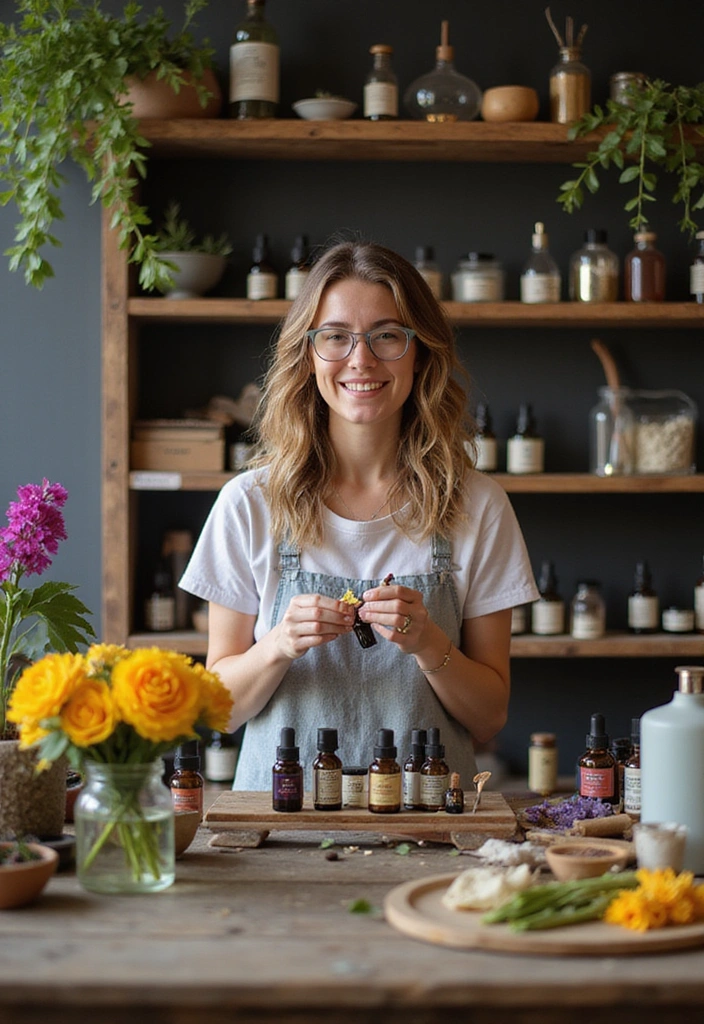
Embarking on your scent blending journey opens a world of creativity and self-expression.
With these 14 techniques at your disposal, you can confidently experiment and create unique fragrances that reflect your personality and experiences. Remember, the art of scent blending is all about exploration and enjoyment.
So, gather your ingredients, trust your nose, and start crafting your aromatic masterpieces today!
Note: We aim to provide accurate product links, but some may occasionally expire or become unavailable. If this happens, please search directly on Amazon for the product or a suitable alternative.
This post contains Amazon affiliate links, meaning I may earn a small commission if you purchase through my links, at no extra cost to you.
